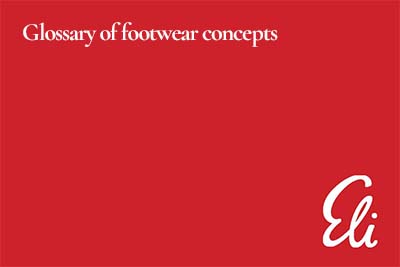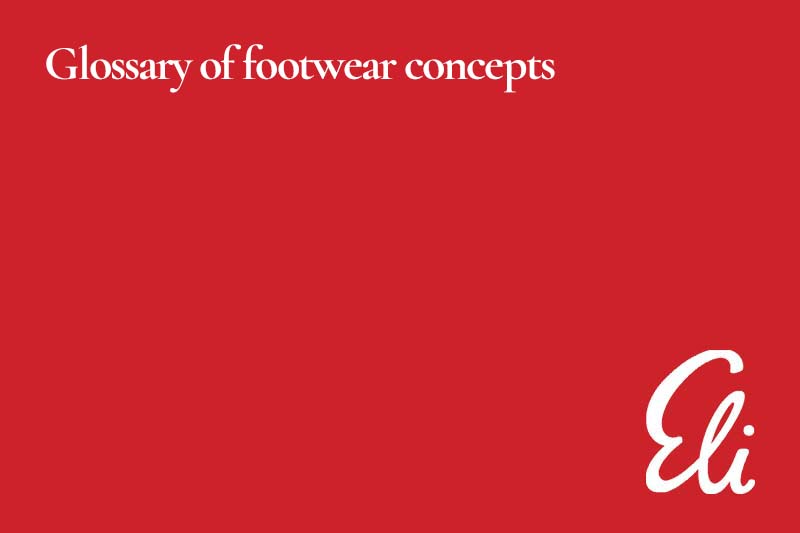
20 Jul Glossary of footwear concepts (3)
Third entry corresponding to the series of posts in which we are compiling different terms in a glossary of footwear concepts (3). Within our field, there are numerous terms that refer to important elements in the manufacture and design of shoes.
We are going to continue with other concepts from the world of footwear arranged in alphabetical order (Translators Note: the order is lost in the translation into English).
Edge
Also called throat, it is the upper edge of the shoe. Alternately, the upper edge of the sole is called the edge.
Botier
It is a type of shoe making. In it, the heel is placed before the sole and the breast leaf is stuck in front of it.
Design briefing
It refers to the document that contains all the essential information for the footwear designer. For example, who is the shoe for, what style is a ballerina designed for, what is the sale price of the finished product, which country is the product destined for, etc. A detailed design briefing should have all the information the shoe designer needs to get started.

Glossary of footwear concepts
Cut-outs
Perforations or holes that are made on the leather with an aesthetic sense.
Last gauge
It is a tool that favors the shape of the heel in the pattern that we have.
Steel Shank
It is an elongated metal piece that is placed in the shank area. It goes from the middle of the heel to the beginning of the metatarsal, inside the insole or the lasting sole. Its function is to reinforce the structure of the shoe as a crossbow, so that it supports the weight of the person, giving stability to the foot when walking.
Facing
Also known as front, it is the piece around the hole or throat of the shoe.
Rubber
It is an elastic hydrocarbon that arises as a milky emulsion, known as latex, in the sap of various plants. It can also be produced synthetically. This element is waterproof, very elastic, and has many applications in the industry. In soles it is used as a base for vulcanization.
Photo credit: Eli 1957
